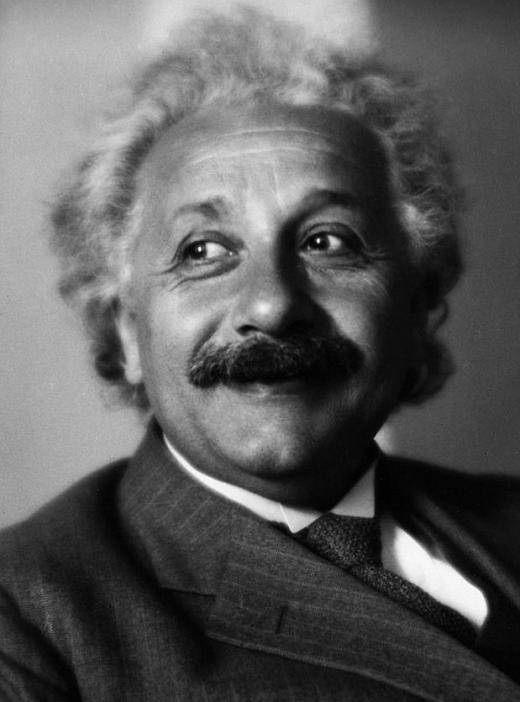What is the Zero-Point Energy?
 Michael Anissimov
Michael Anissimov
The zero-point energy is a small amount of energy that exists throughout all space. It is also known as the vacuum energy. Put differently, the zero-point energy is the lowest possible energy that a quantum mechanical physical system may have, otherwise known as the energy of the ground state. The term and concept has been co-opted by pseudoscientific advocates of free energy in recent decades, but it was originally proposed by Albert Einstein and Otto Stern in 1913. The quantum mechanical system that corresponds to the zero-point energy is called the zero-point field.
The existence of the zero-point energy has been confirmed experimentally, in what is called the Casimir experiment. The Casimir experiment consists of placing two uncharged metallic plates very closely together in a vacuum. Sensitive equipment reveals that there is a slight attraction — or sometimes, repulsion, depending on the arrangement — between the two, even in the complete absence of any other force.

This can be explained in terms of virtual particles continuously blinking in and out of existence quadrillions of times per second all around the plates. The degree of separation between the plates constrains the type of particles that can blink into existence, and if the plates are very close, this creates a net pressure inwards. When the plates are placed 10 nanometers (about 100 times the diameter of an atom) apart from each other, the pressure is equivalent to about 1 atmosphere.
The zero-point energy as manifested by the Casimir effect is very small, so it is highly doubtful that it could be harnessed to create "free energy" devices, as people have been claiming is possible for decades. The Casimir effect is a very interesting physical phenomena, however, and an area of active research. Because the Casimir effect becomes the dominant force operating on very short length scales in the absence of electromagnetic charges, understanding it is very relevant to designing small machines, including micromachines and nanomachines.
One early calculation of the magnitude of the zero-point energy calculated that the total energy in one cubic meter of vacuum would be enough to boil all the oceans of the world. This figure may have inspired non-physicists to wistfully imagine that it could be easily harnessed to produce free energy. It became clear that this calculation appears to contradict the first law of thermodynamics and our understanding of the cosmology of the universe, however. It does not take into account that the initial value of the energy at the Big Bang would progressively diminish as the universe expanded. This confusion has led to a major drive among physicists to establish a model of the zero-point energy density that is consistent with observation.
AS FEATURED ON:
AS FEATURED ON:











Discuss this Article
Post your comments